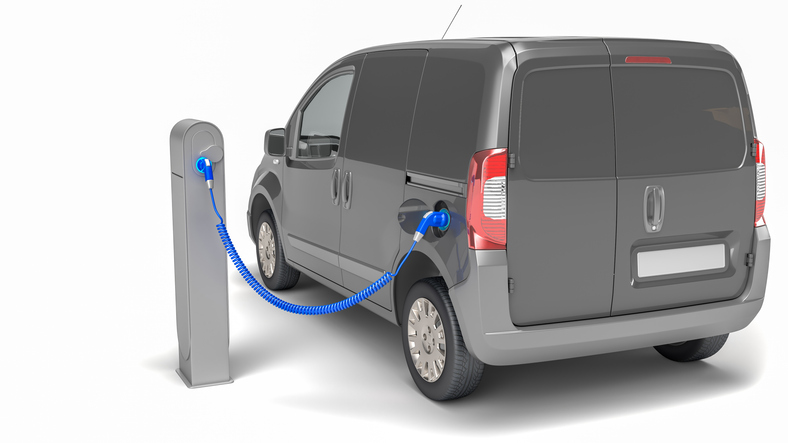
- 177 views
By clercity24
As electric vehicles (EVs) continue to gain popularity, one of the key considerations for EV owners and fleet managers is understanding the various charging levels available. EV charging infrastructure is categorized into different levels, each offering distinct charging speeds and capabilities. In this blog post, we’ll explore the differences between Level 1, Level 2, and Level 3 EV charging to help you make informed decisions about your charging needs.
Level 1 EV Charging:
Level 1 charging is the most basic and widely accessible form of EV charging. It involves using a standard household outlet, typically rated at 120 volts AC (alternating current). Level 1 charging is convenient because it can be done using a standard electrical socket found in most homes and workplaces. However, it is also the slowest form of EV charging, providing charging rates of around 2 to 5 miles of range per hour of charging. For example, a typical electric vehicle with a 60 kWh battery may take approximately 12 to 30 hours to fully charge from empty using Level 1 charging.
Level 2 EV Charging:
Level 2 charging is the most common form of EV charging infrastructure found in public charging stations, workplaces, and residential settings. It uses a 240-volt AC supply, delivering faster charging speeds compared to Level 1 charging. Level 2 charging stations typically provide charging rates of around 10 to 60 miles of range per hour of charging, depending on the vehicle’s onboard charger and the charging station’s power output. For example, the same electric vehicle mentioned earlier may take approximately 6 to 10 hours to fully charge from empty using Level 2 charging.
Level 3 EV Charging (DC Fast Charging):
Level 3 charging, also known as DC fast charging or rapid charging, is the fastest form of EV charging currently available. It utilizes direct current (DC) power and high-power charging stations to deliver significantly faster charging speeds compared to Level 1 and Level 2 charging. Level 3 charging stations can provide charging rates of up to 250 miles of range in as little as 30 minutes, making them ideal for long-distance travel and quick charging stops. For example, the same electric vehicle mentioned earlier may be able to charge from 0% to 80% battery capacity in approximately 30 minutes using Level 3 charging.
Key Differences and Considerations:
- Charging Speed: Level 1 charging is the slowest, followed by Level 2, with Level 3 offering the fastest charging speeds.
- Infrastructure Requirements: Level 1 charging requires only a standard household outlet, while Level 2 and Level 3 charging stations require dedicated electrical infrastructure and installation.
- Cost: Level 1 charging is the most cost-effective option, as it utilizes existing electrical outlets. Level 2 and Level 3 charging stations involve higher installation and equipment costs.
- Use Cases: Level 1 and Level 2 charging are suitable for daily charging needs, while Level 3 charging is best suited for long-distance travel and quick charging stops.
Conclusion:
Understanding the differences between Level 1, Level 2, and Level 3 EV charging is essential for effectively meeting your charging needs. Whether you’re charging at home, at work, on the road, or at a Cler Charging Hub, choosing the right charging level can ensure convenient and efficient charging experiences for your electric vehicle.